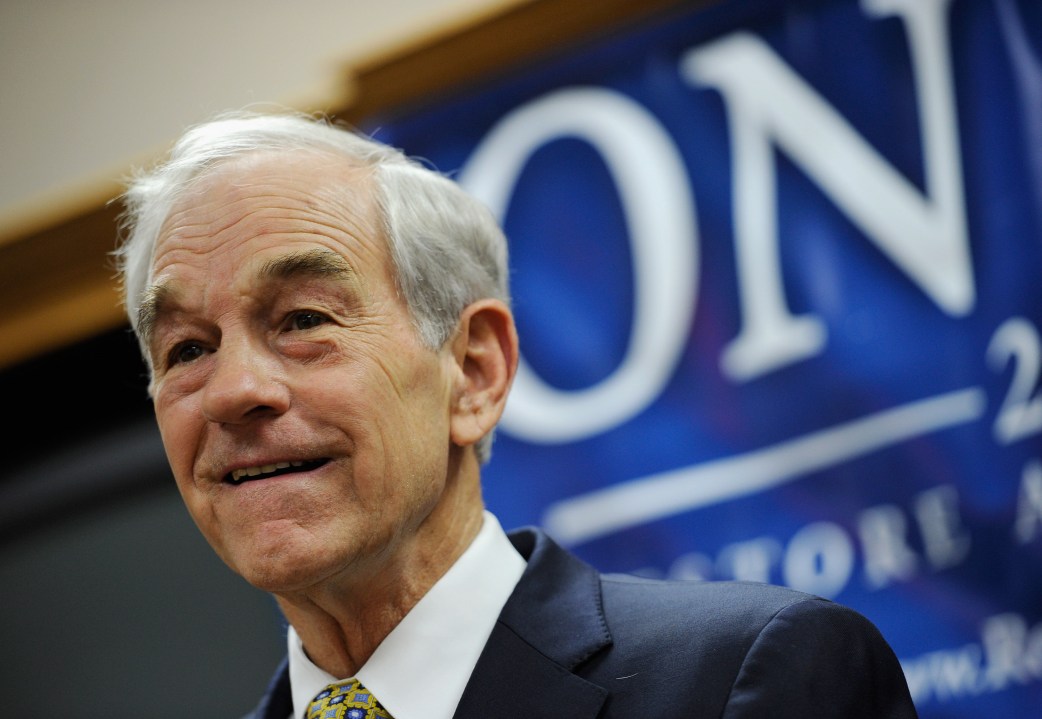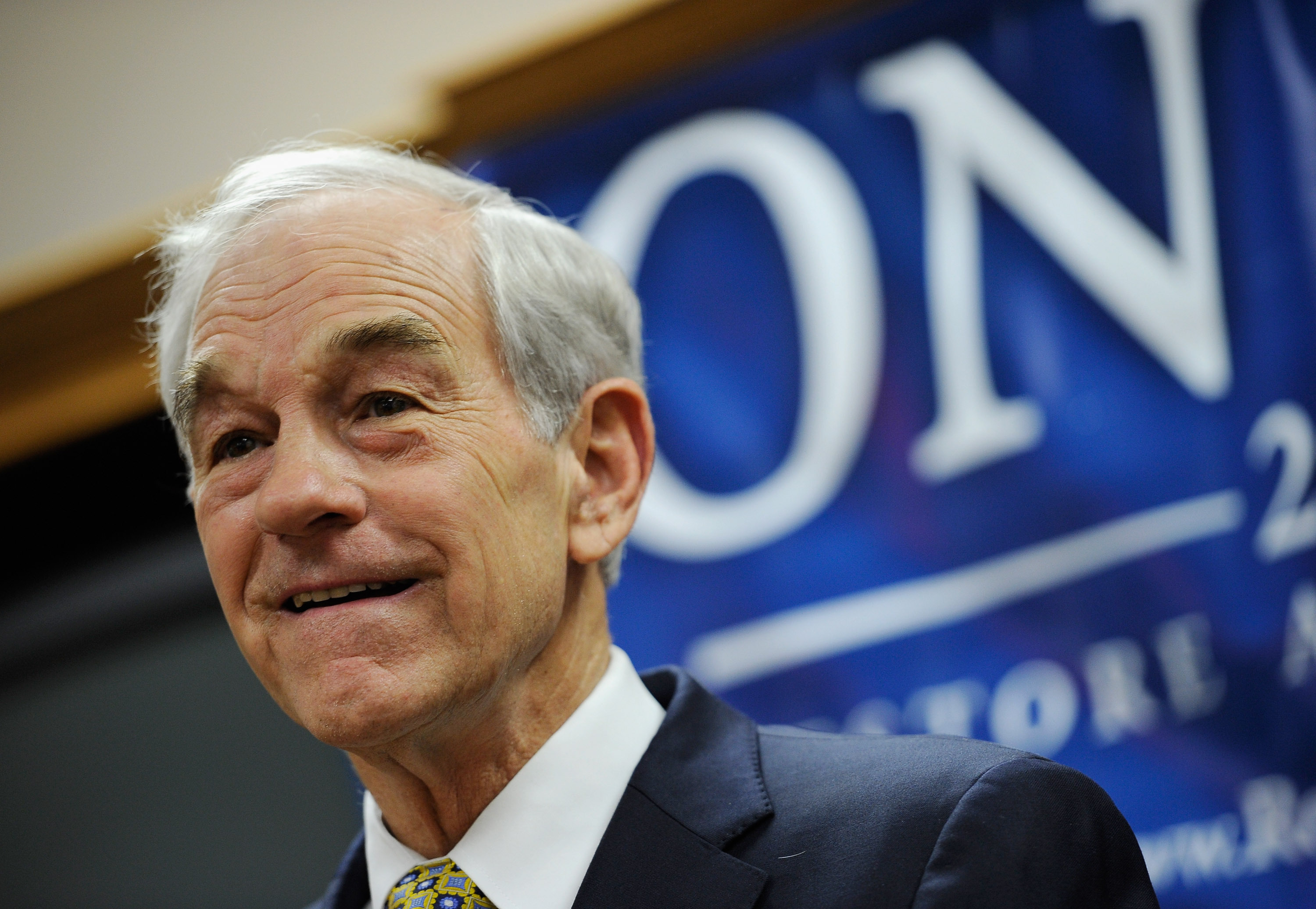 Hardly anyone would’ve predicted it just a few weeks ago, but libertarian congressman
Ron Paul now looks most likely to win the Iowa caucuses, with just a fortnight to go. Two new polls show Paul leading Mitt Romney, as Newt Gingrich collapses to third – or even fourth –
place. According to Nate Silver’s projections (based on the polls and historical results), Paul now has a 52 per cent
chance of winning, compared to Romney’s 28 per cent chance, Gingrich’s 8 per cent and Rick Perry’s 7 per cent.
Hardly anyone would’ve predicted it just a few weeks ago, but libertarian congressman
Ron Paul now looks most likely to win the Iowa caucuses, with just a fortnight to go. Two new polls show Paul leading Mitt Romney, as Newt Gingrich collapses to third – or even fourth –
place. According to Nate Silver’s projections (based on the polls and historical results), Paul now has a 52 per cent
chance of winning, compared to Romney’s 28 per cent chance, Gingrich’s 8 per cent and Rick Perry’s 7 per cent.
Paul has taken the lead largely thanks to a sharp decline in Gingrich’s poll numbers. Nationally, his lead over Romney has dropped from 14 points to just 2 in less than two weeks, according to Gallup. In Iowa, he’s fallen from 22 per cent (and the lead) last week to 14 per cent (third place) this week, according to PPP, and even more dramatically – from first on 27 per cent to fourth on 13 per cent – according to InsiderAdvantage. Nate Silver’s projections now have him roughly tying Perry for third on caucus day. If Gingrich loses out to Perry and comes fourth, it would likely end his chances of the nomination. Meanwhile, a decent third place (or better) for Perry may allow the Texas Governor to claim something of a ‘Comeback Kid’ label, as Bill Clinton’s second place in New Hampshire did in 1992.
While Romney will of course be hoping for victory in Iowa (he would almost certainly follow it up with a win in New Hampshire and therefore have the nomination within reach), he would probably not be too unhappy to see Paul win. Paul’s strength in Iowa is not matched nationally – he’s polling at around 12 per cent even after a small bump – and he’s unlikely to be Romney’s main challenger for the nomination. Whereas Gingrich could follow up a win in Iowa with victories in South Carolina and Florida, Paul would be much less likely to do so. This means that a strong New Hampshire win should be enough for Romney to neutralise Paul, just as McCain did to Huckabee in 2008.
But will Paul actually turn these poll leads into victory in Iowa? It seems his chances may largely rely on getting non-Republicans – Democrats and Independents – to turn out for him. Neil Stevens notes that Paul’s lead in the PPP poll is largely due to his strength among non-Republicans, and suggests that PPP has over-sampled them. On the face of it, this looks to be the case: non-Republicans made up 14 per cent of 2008 caucus-goers, but make up 25 per cent of PPP’s respondents. However, as PPP’s Tom Jensen points out in response, in 2008 Iowans had to choose between voting in the Republican caucus and the hotly-contested Democratic one, whereas this time ‘all the action is on the Republican side’. Indeed, around 23 per cent of voters in the 2008 Democratic caucus were non-Democrats, so PPP’s assumptions do not seem wildly fantastic. However, one has to wonder whether Ron Paul would be able to spark as much enthusiasm among Independents as Barack Obama did last time.







Comments